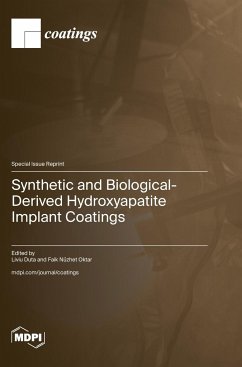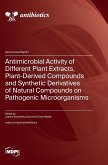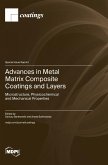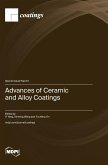Over the past few decades, the field of bioactive materials for bone tissue engineering has emerged as a prominent approach in addressing bone traumas. The focus lies on the production of durable implants and bone substitutes capable of bypassing complications associated with rejection. HA is a well-known bioceramic with a close chemical and structural resemblance to the mineral composition of vertebrate bones and teeth. Despite its favorable bone regeneration properties, HA is prone to brittleness, limiting its use in load-bearing applications. To overcome this drawback, HA can be applied as a coating on metallic or polymeric implants, with the aim of significantly enhancing their overall performance. Synthetic HA is typically produced by means of several chemical routes. Recent approaches have been reported for extracting HA from natural and sustainable resources. Biologically derived apatite is a carbonated HA, which differs from synthetic HA in terms of composition, stoichiometry, crystallinity degree, crystal size/morphology, and consequently, degradation rate and overall biological performance. This reprint is devoted to the synthesis and characterization techniques of HA-based coatings. The Special Issue's scope includes both synthetic and naturally derived HA materials. Notably, significant attention was directed toward the development of bioactive and biodegradable HA-based biomaterials with tunable properties. These biomaterials are specifically designed for a range of applications, including bone repair and regeneration, tissue engineering, orthopedics, biosensing, dental implants, and in vivo testing.
Hinweis: Dieser Artikel kann nur an eine deutsche Lieferadresse ausgeliefert werden.
Hinweis: Dieser Artikel kann nur an eine deutsche Lieferadresse ausgeliefert werden.








